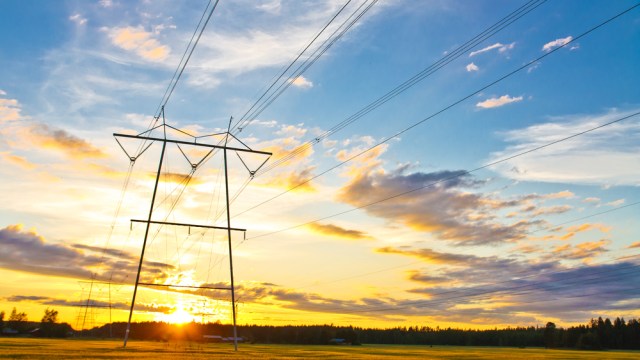Will We Ever Celebrate Earth Day on Another Earth?

NASA’s recent discovery of two Earth-like planets within the Kepler-62 solar system – the most Earth-like planets ever detected – is creating excitement in the scientific community that we’re close to finding a potential home for intelligent life in the universe that actually resembles life found on Earth. According to NASA’s Kepler mission, these two planets (Kepler-62e and Kepler-62f) are located in the “habitable zone” of their solar system orbiting a sun much like our sun, meaning that they could be conducive to hosting similar types of life as found on earth. And at nearly 1 1/2 times the size of our own planet Earth, they are potentially “Super Earths” capable of hosting even more bio-diversity than found on our own Earth.
So is it ever possible that one day we will ever celebrate Earth Day on another Earth?
Well, first of all, the Kepler-62 solar system is located some 1,200 light years away from planet Earth in the constellation Lyra and well out of reach of any of today’s interplanetary space exploration vehicles. Short of locating some kind of wormhole in the fabric of the universe sometime soon, these planets would be impossible to visit – or even monitor – using today’s technology. Communicating with the civilizations of Kepler-62 with radio signals beamed into the interstellar ether would be like playing a bizarre game of telephone tag in which it would take too long a period of time between signals to have any kind of meaningful conversation. Even with signals traveling at nearly the speed of light, it would take more than a millennium for any kind of message to arrive.
And who knows what we’d find if we ever do arrive at the doorstep of Kepler-62?
These advanced civilizations more than 1,200 light years away may not be any better than those on planet Earth in playing nice with each other. They, too, may fail to take care of their vast natural resources the same way we are failing to conserve our natural resources, and thereby, also plant the seeds of their own demise. And, as some space exploration skeptics have pointed out, evolution on these two Kepler-62 exo-planets would likely have proceeded at almost the same pace, and given their relative proximity to each other, these two planetary civilizations could have become locked in some kind of interstellar Cold War arms race. When humans from our Earth finally got there with our crude spacecrafts in thousands of years, the inhabitants of the two planets may have already killed each other off.
So why should we care about these new “Super Earths” if we can’t reach them and can’t communicate with them?
Taking a purely self-preservationist view of things, it would nice to be know that there’s a Plan B if we eventually need to migrate off Earth to another planet one day. We may not make it as far as Kepler-62, but we can start learning a lot about what it takes to survive and prosper in a near-Earth environment. Now that we know where to point our telescopes in the night sky, we can start formulating new experiments and measurements that can help us in thinking about terra-forming an alien planet similar to ours.
But there’s a better reason to care about Kepler-62 — the continual discovery of new exo-planets in the universe may inspire today’s space innovators to devise new interstellar spacecraft capable of actually reaching distant points in our own solar system where intelligent life may exist. By some accounts, most of the 200 billion stars in the Milky Way have Earth-like planets orbiting around them. That’s 200 billion chances to find another Earth. The fact that we continue to find other near-Earths in the universe should fill us with wonder and excitement. When we look up at the night sky, we can all dream of the possibility of one day celebrating Earth Day on another Earth.
Image: Planet Earth With Sunrise / Shutterstock




